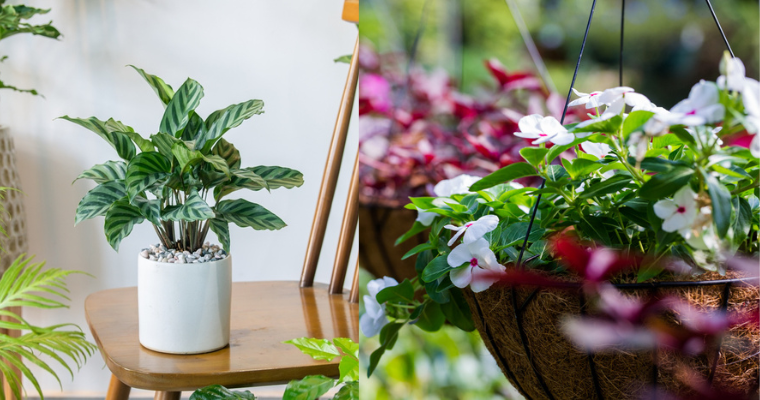Rare indoor plants add a touch of elegance and exclusivity to any living or workspace, captivating the hearts of plant lovers with their unique appearances and rarity. However, these botanical treasures demand specialized care to flourish. In this guide, we’ll delve into expert tips for nurturing your rare indoor plants, ensuring they remain vibrant and healthy.
1. Understand Your Plant’s Unique Needs
Before introducing a rare indoor plant into your home, take the time to thoroughly research its specific care needs. Each plant species has distinct requirements for light exposure, temperature, humidity, and watering. By understanding these factors, you can create the perfect microclimate for your plant to thrive.
2. Optimize Lighting Conditions
Lighting is a key factor in your plant’s growth and overall health. Some rare indoor plants bask in bright, indirect light, while others are more suited to dimmer, low-light environments. Position your plant in a spot that aligns with its light preferences to promote strong, healthy growth.
3. Control Temperature and Humidity
The right temperature and humidity levels are critical for the well-being of rare indoor plants. Most species prefer a temperature range of 60-75°F (15-24°C). Additionally, some rare plants require higher humidity levels, which can be achieved by placing a humidifier nearby or setting the plant on a water-filled tray.
4. Master the Art of Watering
Knowing how to water your rare indoor plant correctly is crucial. Overwatering and underwatering are common pitfalls that can lead to plant stress. Depending on your plant’s needs, choose the right soil mix—whether well-draining or moisture-retentive—and tailor your watering routine accordingly.
5. Regular Pruning and Care
Routine pruning is essential for maintaining the health and appearance of rare indoor plants. Trim away dead or discolored leaves, manage overgrown stems, and encourage bushier growth. Stay vigilant for signs of pests or diseases and address any issues promptly to protect your plant.
6. Thoughtful Fertilization
Rare indoor plants often benefit from occasional feeding, but it’s important to be cautious. Use a diluted, balanced fertilizer and follow recommended guidelines to avoid over-fertilization, which can harm your plant. Monitor how your plant responds to feeding and adjust as needed.
Conclusion
Caring for rare indoor plants is a fulfilling endeavor that brings beauty and joy to your surroundings. By thoroughly researching each plant’s needs, optimizing light, temperature, and humidity, watering with precision, pruning regularly, and fertilizing wisely, you can ensure your rare plants not only survive but thrive. With dedicated care and attention, these unique plants will continue to grace your space with their charm for years to come.




